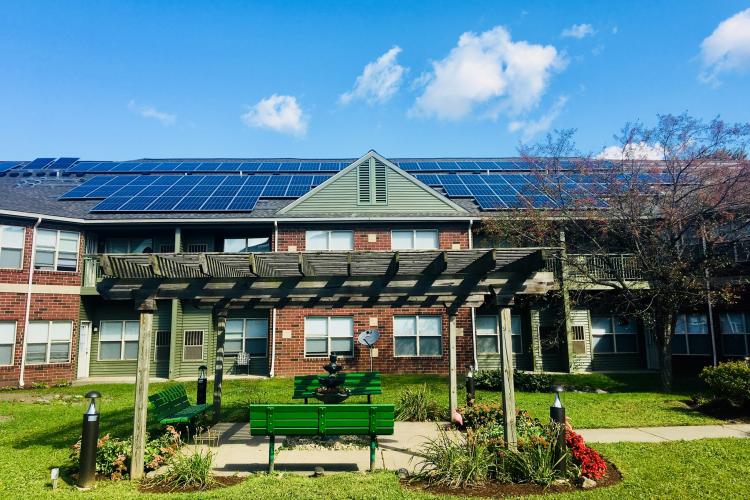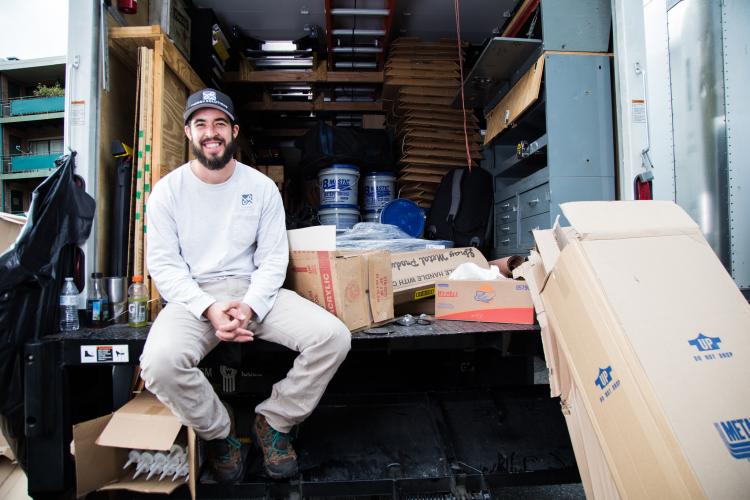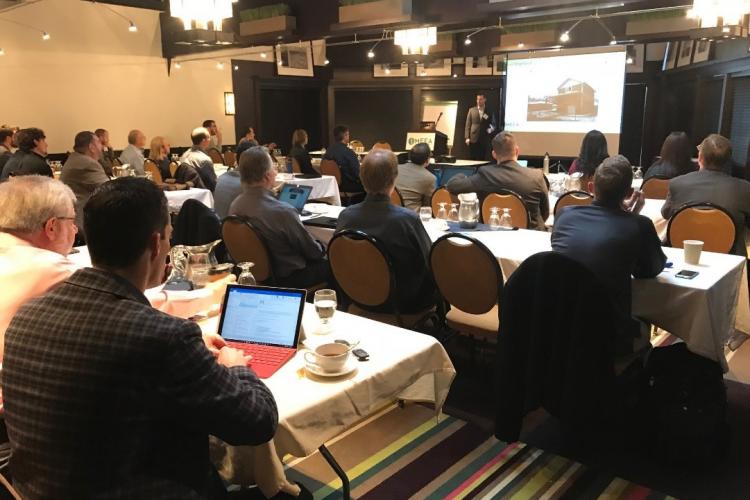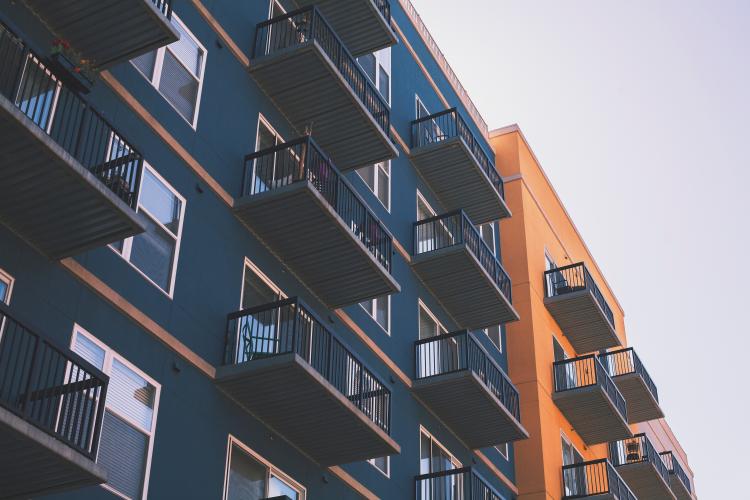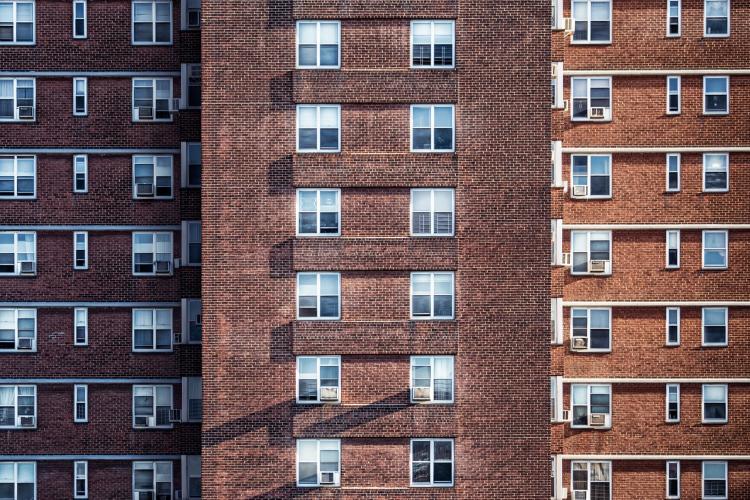Multifamily
6 Energy Efficiency Financing Options You Should Know
Energy efficiency improvements can be expensive and burdensome for residential homeowners, renters and building owners. Luckily, there are an increasing number of financial options to help cover the up-front costs of efficiency upgrades. Below, we lay out several financing options to make our homes and workplaces more energy efficient.
1. On-Bill Financing
On-bill financing is an umbrella term for a financing program where a charge is added to a customer’s energy bill to repay a loan from a utility for energy efficiency upgrades. The utility acts as the lender and incurs the upfront costs of the improvements.
How It Works
Millions of Americans Struggle to Meet their Energy Needs – Efficiency Can Help
Nationwide, over 16 million households struggle to meet their heating, cooling and other energy needs, but energy efficiency is increasingly recognized as a potential solution to this problem. In 2018, Illinois, Michigan and Missouri began holding income qualified energy efficiency stakeholder collaboratives to strengthen program design and delivery for these communities. Throughout the Midwest, decision makers across the political spectrum recognize the value of low-income energy efficiency in helping families afford their basic energy needs.
That’s a Wrap: 8th Annual Midwest Building Energy Codes Conference
Building efficiency experts from around the Midwest convened in Ann Arbor, MI on November 15-16 for the 8th Annual Midwest Building Energy Codes Conference. This was the first time this conference was hosted in Michigan, which helped MEEA and attendees understand the unique challenges to the Michigan building community and provided critical local perspectives to better inform future building energy code policy. In past years, MEEA had the opportunity to host this conference and learn from local groups in Ohio, Minnesota, Missouri, Indiana, Kentucky and Illinois.
How Do We Increase Multifamily Energy Efficiency? With Good Data
If you are like me (or 14.8% of Midwesterners), you live in multifamily housing. And if you’ve ever been a multifamily tenant, then you know it can be harder to get improvements and renovations done than if you live in a single-family home. Dealing with landlords, management companies and condo associations can slow down decision-making, and it’s often unclear what you, as a resident, can or can't do to modify your home.
Setting the PACE in the Midwest
Property assessed clean energy (PACE) financing is off and running in the Midwest. PACE enables homeowners and commercial building owners to finance energy efficiency improvements through a special assessment on their property that is paid back through their tax bill. To date, there are 15 active PACE programs in the MEEA footprint. PACE-enabling legislation exists in Minnesota, Wisconsin, Michigan, Missouri, Kentucky, Ohio and Nebraska, and legislation in Illinois has passed both state legislative houses and is awaiting the governor’s signature.
Tailoring EE Programs for Multifamily Buildings
Multifamily housing is a substantial portion of the housing stock in Midwestern states, making up 11-22% of the housing market, depending on the state. Energy efficiency for multifamily housing seems like a sure bet. Estimates show possible energy savings in multifamily affordable housing as high as 22-31%.
MEEA Presents at AEA’s Multifamily Buildings Conference
MEEA successfully gave a workshop style presentation on energy data acquisition at the Affordable Energy Association’s 2015 Multifamily Buildings Conference in Brooklyn, NY on October 28-30, 2015. Together with Ellen M. Sargent, Chicago Housing Authority; and Ryan Snow, USGBC National; Steve Kismohr from MEEA brought concepts and related activities on how to engage Building Asset Managers to acquire base building information and manage energy use.
MEEA Participates as Keynote Speaker during HUD’s Regional Multi-Family Meeting
Last month, select MEEA staff members participated in the U.S. Department of Housing and Urban Development Regional Multi-Family Convening Meeting in Chicago. The event presented multiple aspects for multi-family buildings to save energy and participate in the U.S. Department of Energy’s Better Buildings Challenge. Stacey Paradis, Executive Director, was also the keynote presenter for the event. Ms. Paradis gave a speech outlining the investments, current standards and challenges within the energy efficiency industry related to multi-family housing.
Kansas City Passes Energy Benchmarking Ordinance
On June 4, 2015, Kansas City, Missouri became the 14th municipality in the U.S. and third in the Midwest to successfully pass an ordinance which engages building owners to improve their energy management practices. Congratulations to KCMO!
